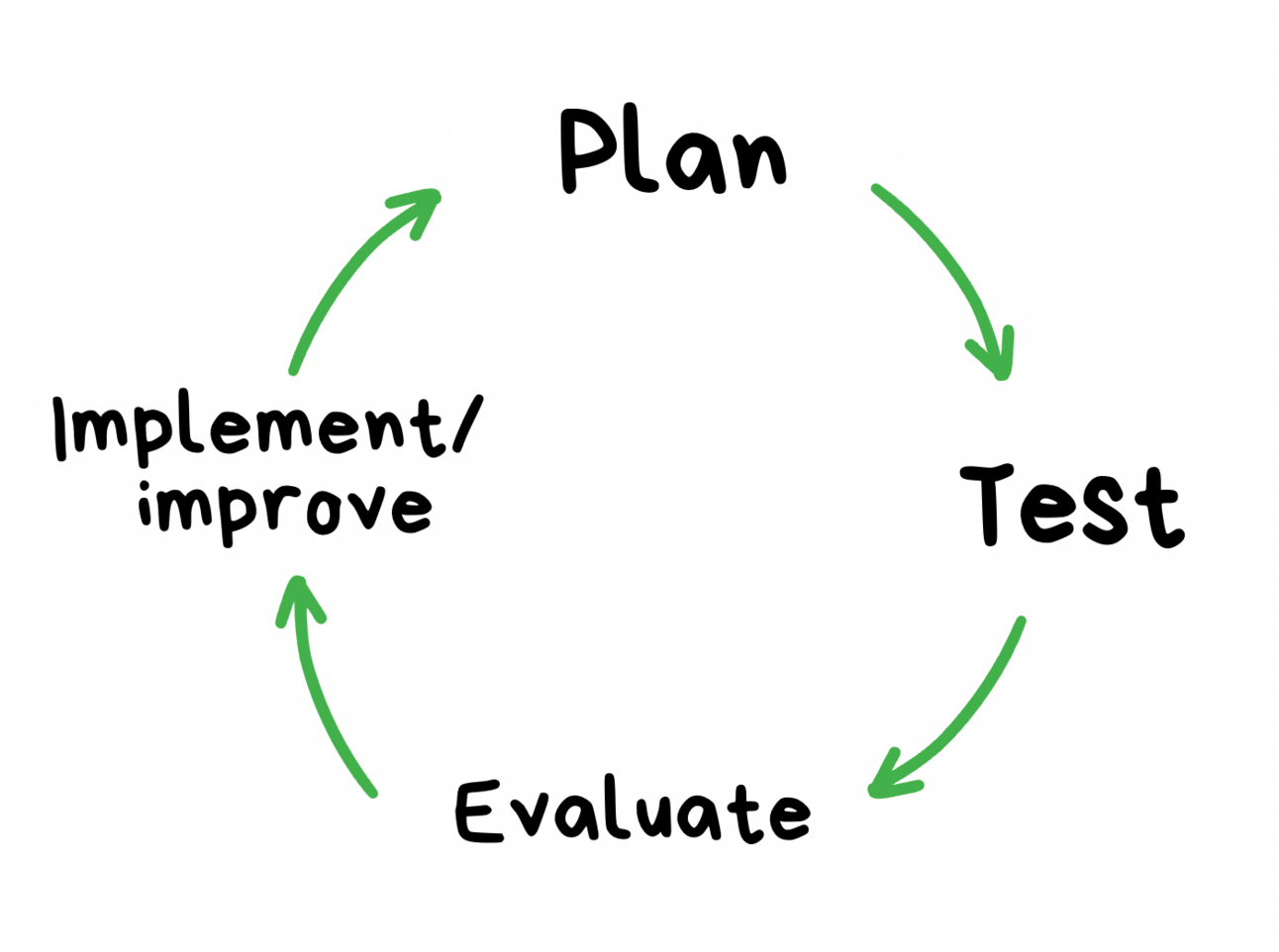
🏆 The Kaizen Method
Last month, I came across an ancient Japanese method called ‘The Kaizen Method.’
The exact translation is “change for the better.”
But more commonly, it’s known as the secret ingredient for unparalleled growth.
After a few hours of intense Googling, I’m convinced this method is the only way to guarantee reliable growth in business and life.
It’s the reason some people are ‘overnight successes’ while others stay in the same spot for years.
Today, I’ll show you how this ancient philosophy applies to you and your business.
Here’s what we got for ya:
📈 The Secret To Reliable Growth
🔁 The Failure Cycle
💰 How To Be A Growth Machine
Read Time: 4 min 29 sec

📈 The Secret To Reliable Growth
People have big goals and think that means they need a big change to reach them.
For example…
“I want my online store to make $1M a day in sales. Therefore, I need to 5x my ad spend.”
But here’s what happens when you make a big change expecting it to give you a big win:

EX - Covid, your Facebook Ad account is banned, etc
You can’t rely on one change to give you your big result. Inevitably, something will go wrong and you will be in a worse position than before.
(In this case, losing a lot of money).
This is where the Kaizen method comes in - “change for the better with continuous improvement”
AKA making small changes across your business to create a big outcome.
Maybe you try a different answer to an objection…
Maybe you split test a new ad hook to boost hold rates….
Maybe you add an email to your custom flow to slightly increase LTV…
Neither of these changes will bring you to a $100M store. But a bunch of tiny, controlled improvements like these will.

To put it another way, here’s a great quote from Atomic Habits:
“Success is the product of daily habits—not once-in-a-lifetime transformations.” - James Clear
Since each improvement is small, you build a safety net for yourself that is sustainable and not easy to disrupt.
But this doesn’t mean making small improvements daily and then expecting a big change…
It means making calculated optimizations in strategic areas that move the needle a little bit each day.
And that is done via the failure cycle.

4M+ professionals read this free business newsletter.
Welcome to Morning Brew, where staying informed doesn't mean hitting snooze 😴
Every day, Morning Brew’s team of expert writers craft a newsletter packed with quick, witty, and digestible insights on top business news. We keep you in the know—and fit seamlessly into your morning routine.
Best part? It’s 100% free 💥

🔁 The Failure Cycle
Last year I was at a mastermind in Costa Rica where I had the chance to sit in on a speech by John C Maxwell (AKA the #1 leadership expert).
There, he talked about what he calls “The Failure Cycle.”
In every branch of his company, Maxwell assigns a budget for failure cycles.

Step #1 - Find a factor that you want to test
PS - Don’t fall into the ‘good enough’ trap. Always try to beat your best because that's where excellence is made.
Step #2 - Run the split test
Step #3 - Determine if it’s a failure or a success
Step #4 - If it fails, figure out how you can succeed next time. If it succeeds, implement it.
When the cycle is a failure, it’s not a big deal because you’re making small changes at a time.
But when it’s a success, it’s a major win.
Small risk, big reward.
At the end of the speech, Maxwell had interesting advice about what to test.
He said to always test the ‘lowest-hanging fruit’ or the easiest thing to test at the moment.
He gave three reasons why:
You may not always be in a position to test the specific factor as easily
It’s most likely the fastest variable to test which allows you to test more things
When you test enough low-hanging fruit, the bigger problems become easier to test
The Failure Cycle never stops. Use it as a framework to systemize testing in your business so that growth is inevitable.

💰 How To Be A Growth Machine
If you’ve been with us for a while, you’ve heard me talk about ‘Shiny Object Syndrome’.
Or what I call ‘the entrepreneur death trap.’
As entrepreneurs, we love to find new opportunities and go all in. Yet it’s the #1 reason most entrepreneurs never see success.
However, our biggest weakness may turn out to be our biggest advantage when it comes to the Kaizen method.
Why?
Well, after reading Sell Like Crazy by Sabri Suby, I realized that Shiny Object Syndrome is not the problem….
It’s what we consider shiny.
Usually, we let the shine of new opportunities catch our eye…
But how much more successful would you be if you were obsessed with testing new things?
So instead of jumping from opportunity to opportunity…
Funnel your excitement toward testing and finding the small changes that will 10x your business.



